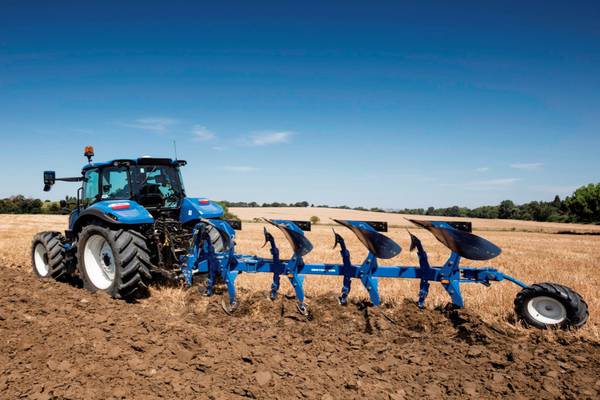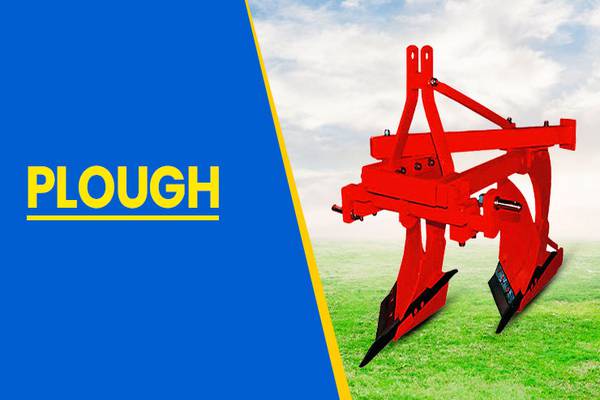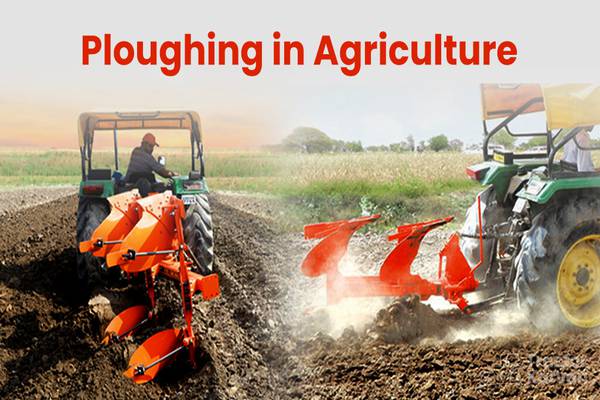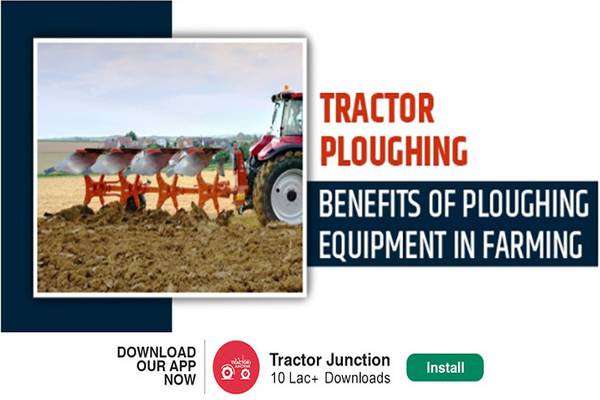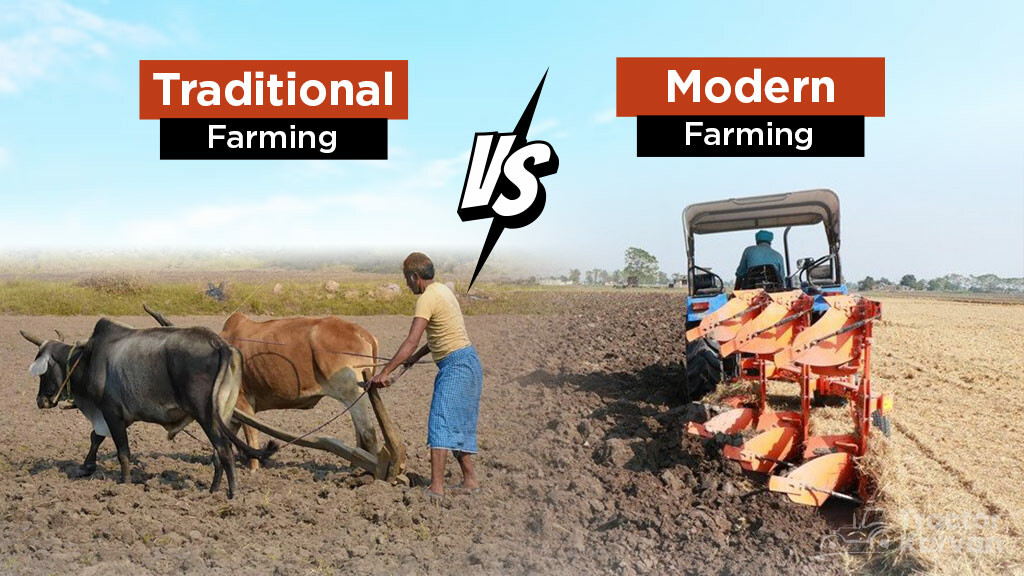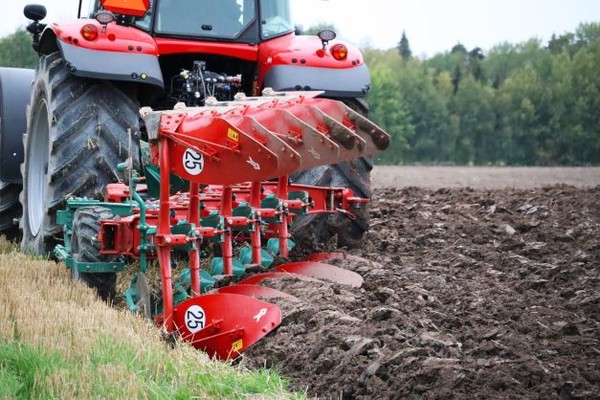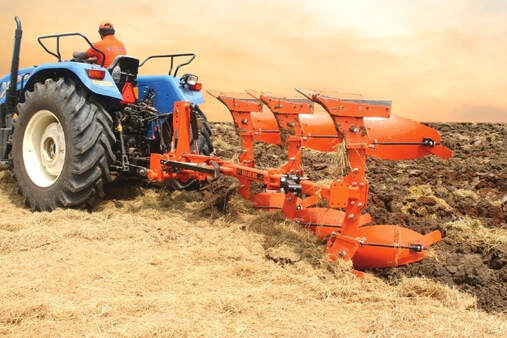Ploughs: Enhancing Farming Efficiency
Drafted by: vijaychourey26@gmail.com
When it comes to revolutionizing agriculture, ploughs have been a cornerstone tool for centuries. These implements have significantly transformed farming practices, contributing to increased productivity and more sustainable cultivation methods. In this article, we will delve into the world of ploughs, exploring their types, historical significance, modern adaptations, and the profound impact they've had on agriculture.
Understanding Ploughs: A Brief Overview
A plough is a farm implement designed for turning, loosening, and aerating soil, making it suitable for planting crops. It consists of various components, including a ploughshare, moldboard, and a frame. Ploughs play a vital role in preparing fields for cultivation, enhancing soil structure, and optimizing seedbed conditions.
Historical Evolution of Ploughs
Early Ploughing Techniques
In ancient times, ploughing was done using rudimentary tools such as digging sticks and animal bones. These early methods were labor-intensive and limited in their efficiency. Farmers gradually recognized the need for more effective ploughs, leading to significant innovations over time.
The Moldboard Plough Revolution
One of the most influential advancements was the invention of the moldboard plough in the 18th century. This design featured a curved metal plate (the moldboard) that effectively turned and inverted soil, burying weeds and crop residues. The moldboard plough marked a turning point in agricultural practices, allowing for deeper and more thorough soil preparation.
Mechanization and Industrial Age
With the onset of the Industrial Revolution, ploughs underwent mechanization, becoming horse-drawn and later tractor-mounted. These innovations drastically increased ploughing efficiency, enabling farmers to cultivate larger areas in less time. The widespread adoption of mechanized ploughs contributed to increased food production, addressing the needs of growing populations.
Types Of Ploughs And Their Applications
Moldboard Plough
The moldboard plough remains a fundamental tool in traditional ploughing. It's designed to completely invert the soil, burying weeds and crop residues deeper within the earth. However, its use can lead to soil erosion and disrupt beneficial soil organisms.
Disc Plough
Disc ploughs utilize a series of concave metal discs to cut and turn the soil. They are well-suited for handling tough and compacted soils, making them a popular choice in regions with challenging terrain.
Chisel Plough
Chisel ploughs work by loosening the soil without fully turning it. This minimizes soil disruption and helps retain more crop residues on the surface, contributing to improved water retention and reduced erosion.
Subsoiler Plough
Subsoiler ploughs focus on breaking up compacted subsoil layers, enhancing root penetration and water movement. They are particularly useful for improving drainage in areas with heavy clay soils.
Modern Advancements In Plough Technology
Precision Ploughing
Modern ploughing techniques emphasize precision, targeting specific areas of the field that require soil preparation. GPS technology and advanced machinery enable farmers to optimize ploughing paths, minimizing unnecessary soil disturbance.
Conservation Tillage
Conservation tillage methods aim to reduce soil disruption and erosion. Techniques like minimum tillage and strip-till involve ploughing only a portion of the field, leaving the rest undisturbed to protect soil structure.
No-Till Farming
No-till farming takes conservation tillage a step further by eliminating ploughing altogether. Instead, seeds are planted directly into untilled soil, preserving its integrity and minimizing carbon release.
Benefits Of Using Ploughs In Agriculture
Soil Aeration and Nutrient Mixing
Ploughing enhances soil aeration, promoting better root growth and nutrient uptake by plants. It also facilitates the mixing of organic matter and nutrients throughout the soil profile.
Weed and Pest Management
By burying crop residues and weeds, ploughing disrupts their life cycles and reduces the risk of pest and disease infestations. This contributes to healthier crops and reduces the need for chemical interventions.
Enhanced Water Infiltration
Well-ploughed soil exhibits improved water infiltration, reducing the risk of surface runoff and erosion. This is especially crucial in regions prone to heavy rainfall.
Challenges And Considerations
Soil Erosion Concerns
Intensive ploughing can lead to soil erosion, as it exposes the bare soil to wind and water forces. Implementing erosion control measures and reduced tillage practices can mitigate this issue.
Environmental Impact
While ploughing is essential for soil preparation, it can also contribute to greenhouse gas emissions and soil degradation. Balancing ploughing with sustainable practices is crucial for minimizing environmental harm.
Integration with Other Farming Practices
Ploughing needs to be integrated thoughtfully with other farming techniques like cover cropping and crop rotation to ensure long-term soil health and productivity.
Sustainable Farming Practices And Ploughs
Cover Cropping
Cover crops planted after ploughing help protect the soil from erosion, improve its structure, and provide additional organic matter when incorporated.
Crop Rotation
Alternating crops in ploughed fields prevents soil nutrient depletion, reduces pest buildup, and enhances overall soil fertility.
Agroforestry
Integrating trees and shrubs within ploughed fields through agroforestry practices offers multiple benefits, such as improved soil structure and biodiversity.
The Future Of Ploughs: Innovations And Trends
Robotic Ploughing Systems
Advancements in robotics are leading to the development of autonomous ploughing systems that can navigate fields with precision, reducing human labor and enhancing efficiency.
AI-Powered Ploughing
Artificial intelligence can optimize ploughing patterns based on real-time data, adapting to soil conditions and topography for more effective soil preparation.
Adaptive Plough Designs
Ploughs of the future may feature adaptive designs that can adjust their parameters based on soil type, moisture levels, and other factors, further optimizing ploughing efficiency.
Economic Implications And Cost-Effectiveness
Initial Investments vs. Long-Term Benefits
While mechanized ploughs may require significant initial investment, their long-term benefits in terms of increased productivity and reduced labor costs can outweigh the expenses.
Comparing Ploughing Methods
Farmers need to weigh the advantages and disadvantages of various ploughing methods based on their specific needs, soil type, and environmental considerations.
